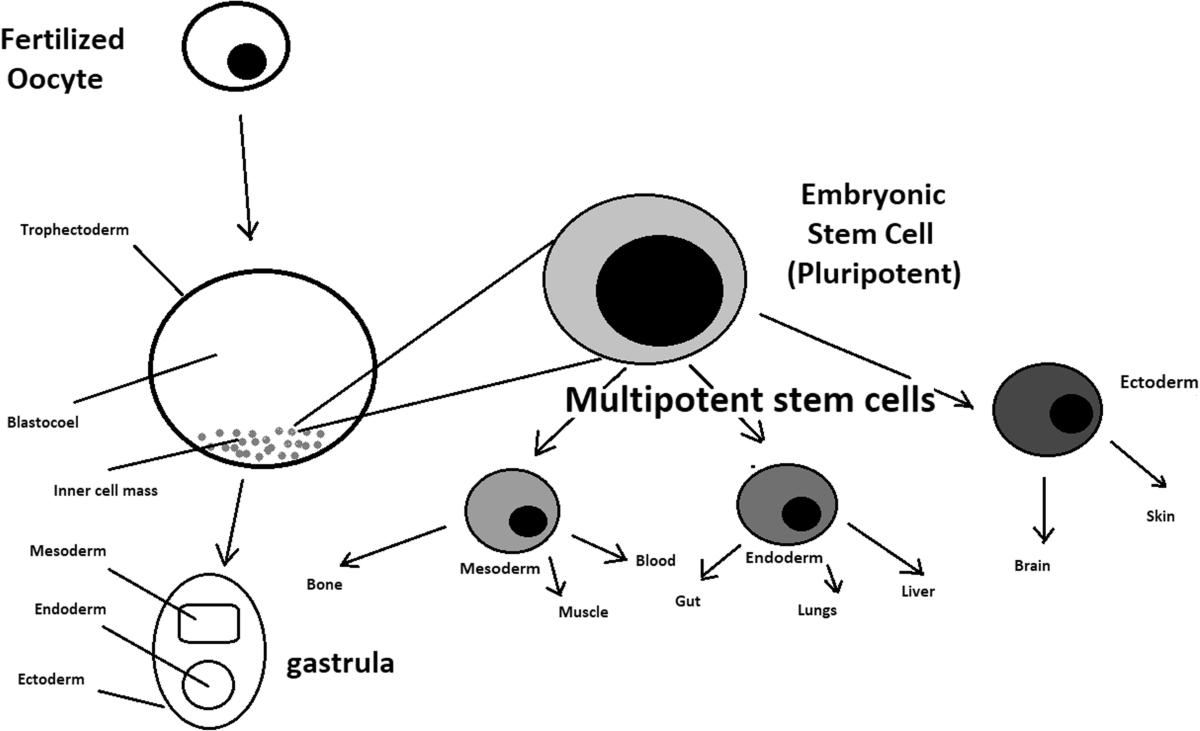Table of Contents

[/image][=video]
[/video]
There are many kinds of stem cells. As a whole, the term stem cell refers to a classification of cells that generate other cells (like skin, blood, heart, and muscle cells) by reproducing and differentiating in reaction to chemical hints. Totipotent stem cells appear at the earliest phase of development and are the only stem cells which can create embryonic stem cells and the placenta.
Bone marrow transplant (BMT) is a special treatment for clients with certain cancers or various other illness. A bone marrow transplant entails taking cells that are typically discovered in the bone marrow (stem cells), filtering those cells, and providing back either to the donor (patient) or to another person. The objective of BMT is to transfuse healthy and balanced bone marrow cells into a person after his or her very own harmful bone marrow has been treated to kill the abnormal cells.
The blood cells that make other blood cells are called stem cells. The most primitive of the stem cells is called the pluripotent stem cell.
It is the stem cells that are required in bone marrow transplant. The objective of a bone marrow transplant is to cure several diseases and types of cancer. When the doses of radiation treatment or radiation needed to treat a cancer are so high that an individual's bone marrow stem cells will certainly be completely damaged or damaged by the therapy, a bone marrow transplant may be required.
Hormone Therapy
This process is typically called rescue. Replace bone marrow with genetically healthy and balanced working bone marrow to avoid even more damage from a hereditary illness process (such as Hurler's syndrome and adrenoleukodystrophy). The threats and advantages must be weighed in a detailed discussion with your doctor and professionals in bone marrow transplants prior to the treatment.
There are various types of bone marrow transplants depending upon that the donor is. The various kinds of BMT consist of the following: The contributor is the individual himself or herself. Stem cells are drawn from the person either by bone marrow harvest or apheresis (a procedure of accumulating peripheral blood stem cells), frozen, and afterwards returned to the individual after intensive treatment.
The benefactor shares the very same genetic type as the client. Stem cells are taken either by bone marrow harvest or apheresis from a genetically matched contributor, typically a bro or sibling. Various other donors for allogeneic bone marrow transplants might include the following: A haploid-identical match is when the contributor is a moms and dad and the hereditary suit goes to the very least half identical to the recipient.

Matching entails typing human leukocyte antigen (HLA) tissue. The antigens externally of these unique white blood cells establish the hereditary makeup of a person's immune system. There are at the very least 100 HLA antigens; however, it is believed that there are a couple of significant antigens that establish whether a contributor and recipient match.
Clinical research is still investigating the role all antigens play in the process of a bone marrow transplant. The even more antigens that match, the better the engraftment of given away marrow. Engraftment of the stem cells happens when the donated cells make their means to the marrow and start making new members cells.
Menopause Treatment in Farmington Hills, Michigan
All people function together to provide the best opportunity for an effective transplant. The team consists of the following: Medical care providers that specialize in oncology, hematology, immunology, and bone marrow transplant.
Specialists who will certainly help you fulfill your dietary demands prior to and after the transplant. They will function carefully with you and your family. Specialists that will assist you end up being strong and independent with activity and endurance after the transplantation. Pastors who supply spiritual treatment and assistance. Numerous other team members will certainly examine you prior to hair transplant and will provide follow-up treatment as needed.

A full medical history and physical examination are executed, including multiple examinations to assess the person's blood and body organ functions (for example, heart, kidney, liver, and lungs). A person will often enter into the transplant center approximately 10 days before transplant for hydration, assessment, positioning of the central venous line, and other preparations.
Blood products and medicines will certainly be given with the catheter during treatment. For an allogeneic transplant, an ideal (cells keyed in and matched) donor needs to be available. Discovering a matching donor can be a tough and extensive process, especially if a sibling suit is not offered. Volunteer marrow donors are signed up in several national and global pc registries.
Donor resources available include: self, brother or sister, moms and dad or relative, nonrelated person, or umbilical cable from an associated or nonrelated person. There are nationwide and global windows registries for nonrelated people and cable blood.
Hormone Therapy
Tests connected to his or her health, direct exposure to infections, and hereditary evaluation will certainly be done to establish the level of the suit. The donor will certainly be offered directions on how a bone marrow donation will be made. When a suit for a client needing a bone marrow transplant is discovered, then stem cells will certainly be accumulated either by a bone marrow harvest.
Or by an outer blood stem cell collection. This is where stem cells are collected from the flowing cells in the blood.
Navigation
Latest Posts
Perimenopause Treatment
Medical Group servicing Farmington Hills, Michigan
Medical Group around Farmington Hills